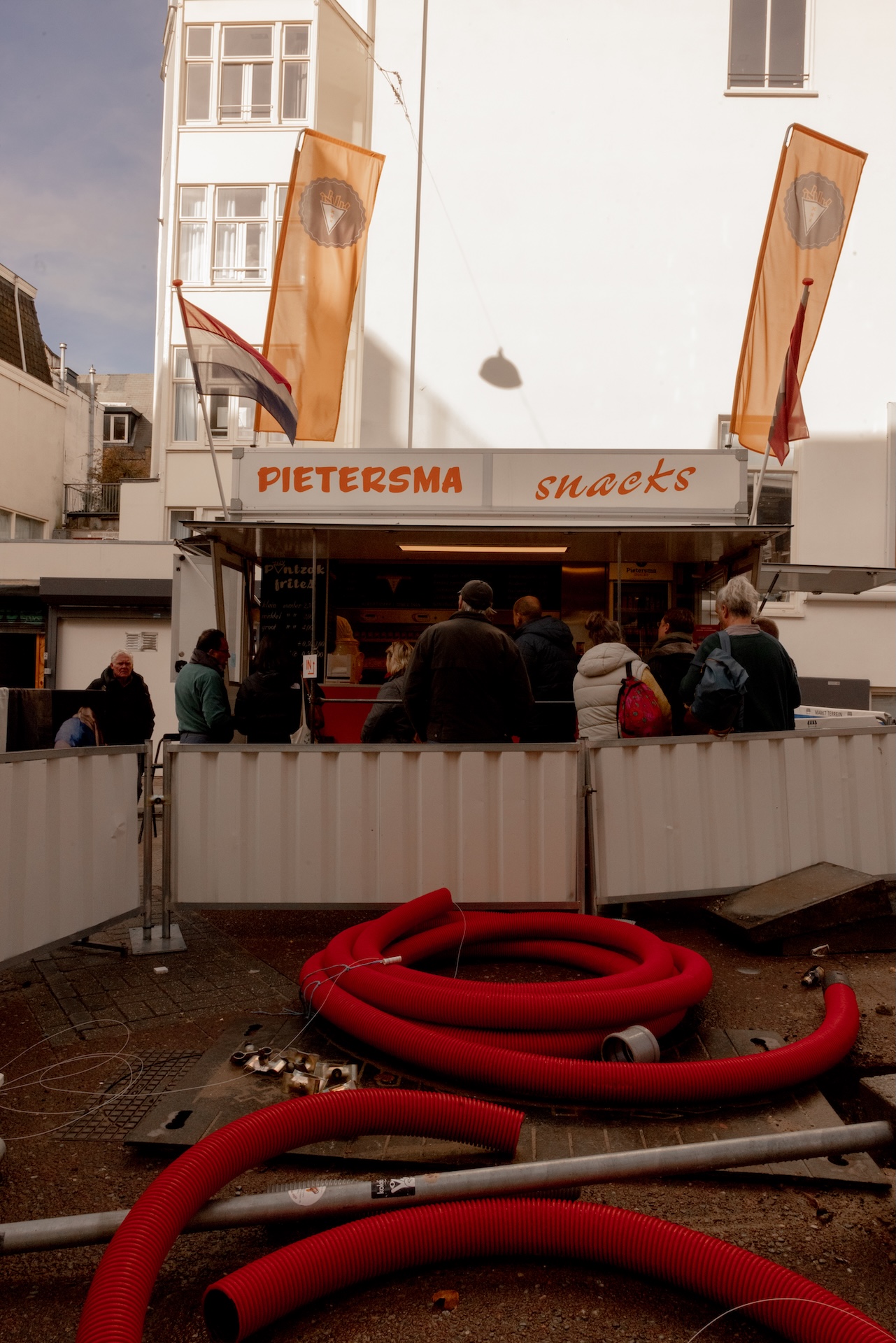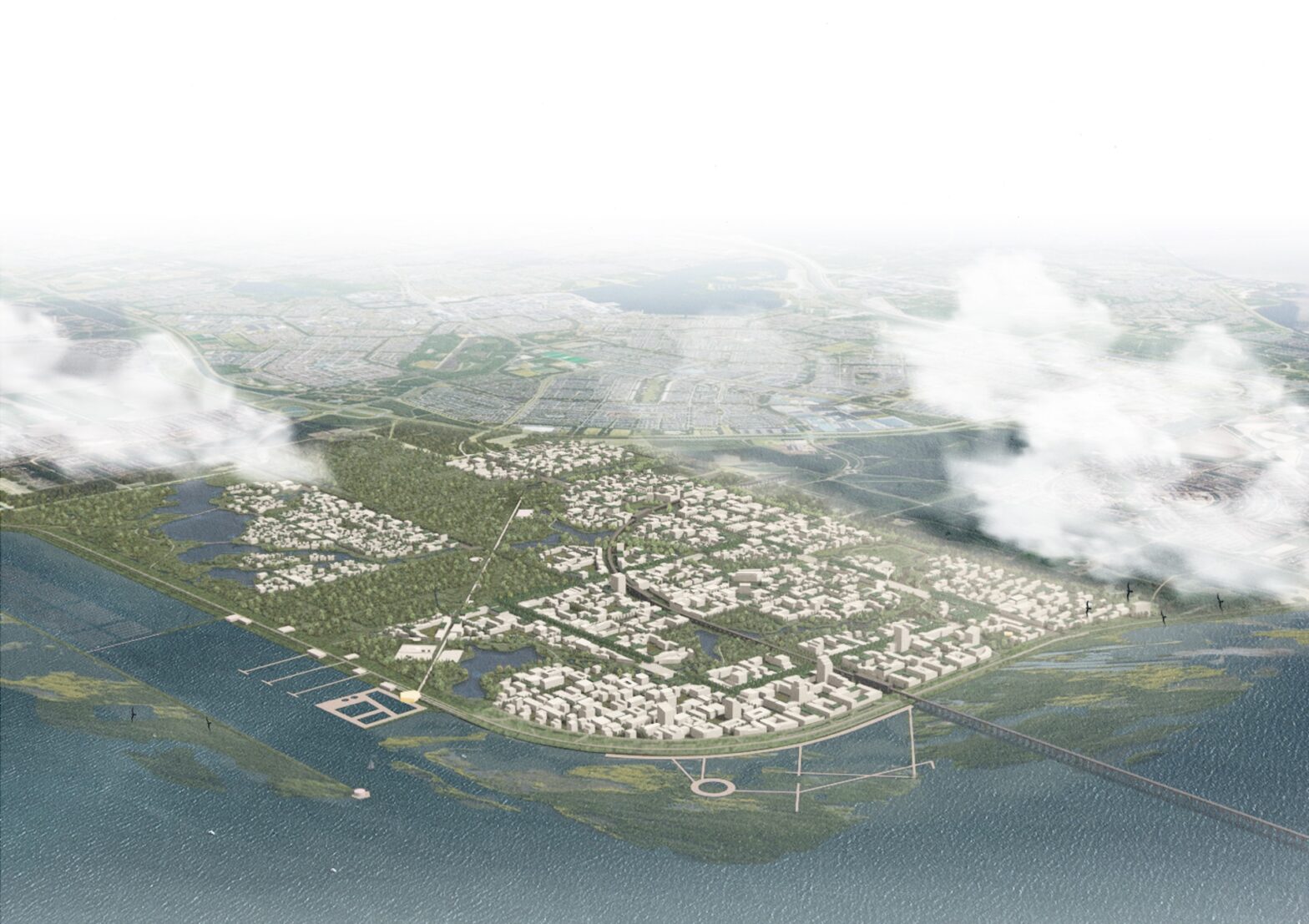Climate proof Combinations
We need to adapt our neighbourhoods to minimise the impact of climate change. But to create truly future proof neighbourhoods a lot more urgencies need to dealt these combinations improve the quality of life for the residents of these neighbourhoods? Through research by design we developed ten spatial strategies for combining different interventions. We tested these ten strategies in six omnipresent neighbourhood types in The Netherlands.
Climate adaptation in the built environment
Our climate is changing. In comparison with the pre-industrial era we are seeing a rise in temperatures for already over one centigrade. This has an enormous effect on our built environment, best explained in three extremes: extreme rain, extreme drought and extreme heat. The extremes will cause respectively: flooding, subsidence and a health risk for vulnerable citizens. So there is urgency in adapting our built environment to prevent the negative impacts of climate change.
Design brief for a future proof built environment
Climate adaptation is not the only urgent challenge in the built environment that needs to be faced. A future proof built environment needs to be carbon-neutral, healthy, inclusive, ecological, green, divers, accessible, vital, energy producing etc. To translate all abstract ambitions we initiated the design brief for a future proof built environment. To operationalize this design brief, new functionalities in public space need to be added, the building blocks.
The need for an integral approach

In the built environment, space is scarce. Will all the necessary building blocks that go with the design brief fit in, for example, the current street profile and underground? Besides the scarcity of space, time is limited, there’s insufficient funding and a shortage in labour to adapt our built environment on building block at a time. That would also mean every time an operation needs to happen we need to open up the street. Public support will fade away with every time the street is turned into a construction site. So, for different reasons there is a necessity to combine operations to make sure it fits and an optimal use of resources, time and labour is guaranteed.
The scale of the neighbourhood
What would be an optimal scale of operation to combine building blocks? For multiple reasons we decided to elaborate on the scale of the neighbourhood. The neighbourhood is the connection between the choices on a systems level (e.g. energy, mobility, water) and the daily environment of its residents. By observing the neighbourhood along the parameters of density, building age and typology it is possible to obtain generic insights about a specific neighbourhood type that can be applied elsewhere. At the same time, every neighbourhood has its specific qualities, based on e.g. soil type, position in the city, residents etc. That makes that the design brief we stated would ask for neighbourhood-specific interventions. We based this design exploration on the thirteen neighbourhood types defined by the Amsterdam University of Applied Sciences.
Smart combinations

How to explore smart combinations in the neighbourhood, based on the building blocks for the future proof neighbourhood? Of course it is not just a technological operation of stacking building blocks. A combination becomes smart if it contributes to the quality of the surroundings and the quality of life in a neighbourhood. Only then it will generate support in the community and with that, the chance to be implemented.
Ten combinations for six neighbourhood types
Out of thirteen neighbourhood types, we made a selection of six to start with. The selection is based on the educated guess that these types will soon encounter urgent challenges. Think of redevelopment, socioeconomic issues, intensification and climate adaptation. For these six neighbourhood types we developed ten smart combinations. Each generic combination generates a specific spatial intervention, depending on the neighbourhood type. Of course some of the combinations are not relevant to every neighbourhood type but the almost fifty combinations show the richness of possibilities. Some of the smart combinations can be found in public space. An example is the holistic reconstruction of streets, both under- and upper-ground.

Citizens can also work on smart combinations, by collectively put their roofs and gardens to work. Architecturally most interesting will be the need for new collective buildings. Storage of heat, water, electricity, cars and reusable (building) material can be combined and stacked in a new type of iconic community buildings.

new community buildings

climate street

collective inner gardens

 The Road to Integralia
The Road to Integralia
 Almere Pampus
Almere Pampus